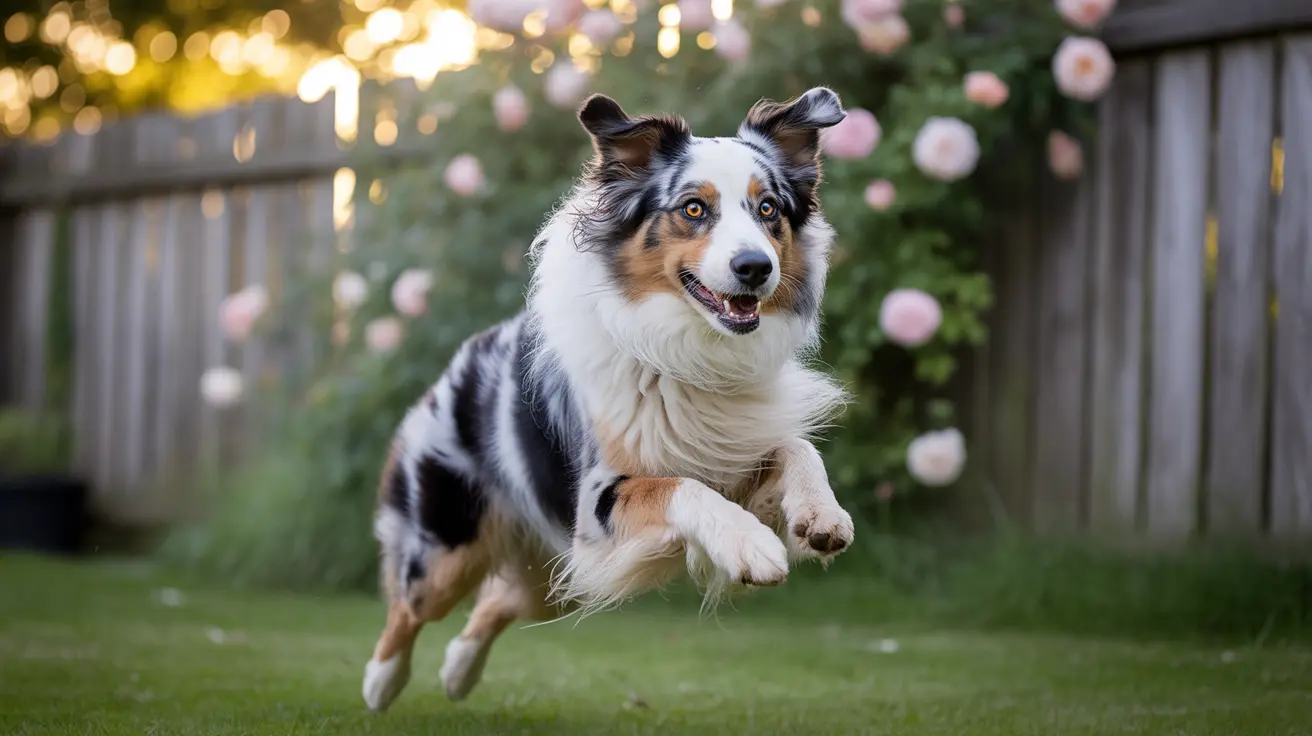The Science Behind the Blue Heeler's Coat
Blue Heelers are genetically black dogs with a special twist. Their signature "blue" appearance results from a specific genetic pattern that causes white hairs to intermingle with black ones throughout their coat. This creates what's known as a roaning or ticking effect, giving the dog its characteristic blue-gray appearance.
Unlike some other breeds that carry the merle gene for blue coloring, Blue Heelers achieve their distinctive look through the ticking gene (T locus). This gene creates an even distribution of colored and white hairs across the dog's body, resulting in their unique speckled appearance.
From White to Blue: The Puppy Color Transformation
One of the most interesting aspects of Blue Heelers is that they aren't born with their signature color. Puppies typically enter the world wearing predominantly white coats. Over the first few weeks of life, their true colors begin to emerge as black or red hairs start appearing against the white background.
This gradual transformation continues as the puppy matures, with the final coat pattern usually fully developed by adulthood. The intensity of the "blue" can vary significantly, ranging from deep steel blue to lighter silver tones, depending on the ratio of black to white hairs.
Official Breed Standards and Acceptable Colors
The Australian Cattle Dog breed standard recognizes two main color varieties: blue (including blue-mottled or blue-speckled) and red speckle. For blue dogs, certain markings are permitted, including black, blue, or tan on the head, and tan points on the legs, chest, and throat.
While some rare color variants exist, such as chocolate or slate, these are not accepted in show rings. The breed standard specifically requires black pigmentation for the nose, eye rims, and toenails, regardless of the dog's primary coat color.
Genetics and Color Inheritance
The blue coloration in these dogs follows specific genetic rules. Blue is actually recessive to red, meaning that blue dogs must be homozygous (carrying two copies of the blue gene) to display this color. They cannot carry the red gene, while red dogs may carry blue as a recessive trait.
This genetic makeup explains why breeding two blue dogs typically results in all blue puppies, barring the presence of hidden recessive genes. The complexity of color genetics can occasionally produce unexpected results, including rare "purple" mixes where red and blue genes express equally.
Frequently Asked Questions
Are Blue Heelers actually blue, or is their coat color due to a mix of black and white hairs?
Blue Heelers aren't truly blue; their appearance comes from a mixture of black and white hairs that create an optical illusion of blue coloring. This effect is caused by the ticking gene rather than actual blue pigmentation.
How does the ticking or roaning gene affect the coat pattern and color of Blue Heelers?
The ticking or roaning gene causes white areas of the coat to become filled in with colored hairs as the dog matures, creating the distinctive speckled or mottled appearance characteristic of the breed.
Why are Blue Heeler puppies born mostly white and only develop their "blue" color as they mature?
This is due to the way the ticking gene works. The gene gradually introduces colored hairs into initially white areas as the puppy grows, resulting in the final adult coat pattern.
What coat colors and markings are considered acceptable for Australian Cattle Dogs in breed standards?
The breed standard accepts blue (blue-mottled or blue-speckled) and red speckle as the main colors, with permissible markings including black, blue, or tan on the head and tan points on the legs, chest, and throat.
Can Blue Heelers have rare color variants like chocolate or slate, and are these recognized in dog shows?
While Blue Heelers can occur in rare colors like chocolate or slate due to genetic variations, these colors are not recognized in show rings and are considered faults under official breed standards.






